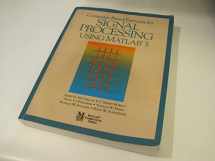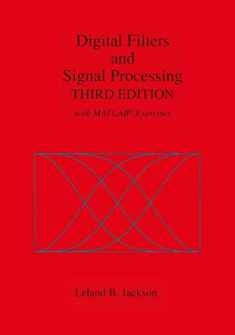
Computer-Based Exercises for Signal Processing Using MATLAB Ver.5
Book details
Summary
Description
FEATURES: *Presents many computer-based problems that can be done in conjunction with a course in DSP theory. *Projects relate to practical systems and implementations so the reader can learn and understand how DSP is applied. *Includes projects and exercises, which make full use of the power of MATLAB v5 to explore conceptual, analytical, and computational issues in digital signal processing. *Many projects provide hints to introduce pitfalls, limitations and tricks for getting the most out of MATLAB v5. *Discusses both the power and limitations of MATLAB v5 functions and regularly explores the issue of using built-in functions versus developing code to solve problems. *Exercises consistently reinforce important problem solving behaviors, such as verifying results, experimenting with parameters as a means of building understanding and intuition, exploring the realism of formulations, comparing theoretical and numerical or measured results, and developing predictions and then comparing them to actual results.


We would LOVE it if you could help us and other readers by reviewing the book
Book review




